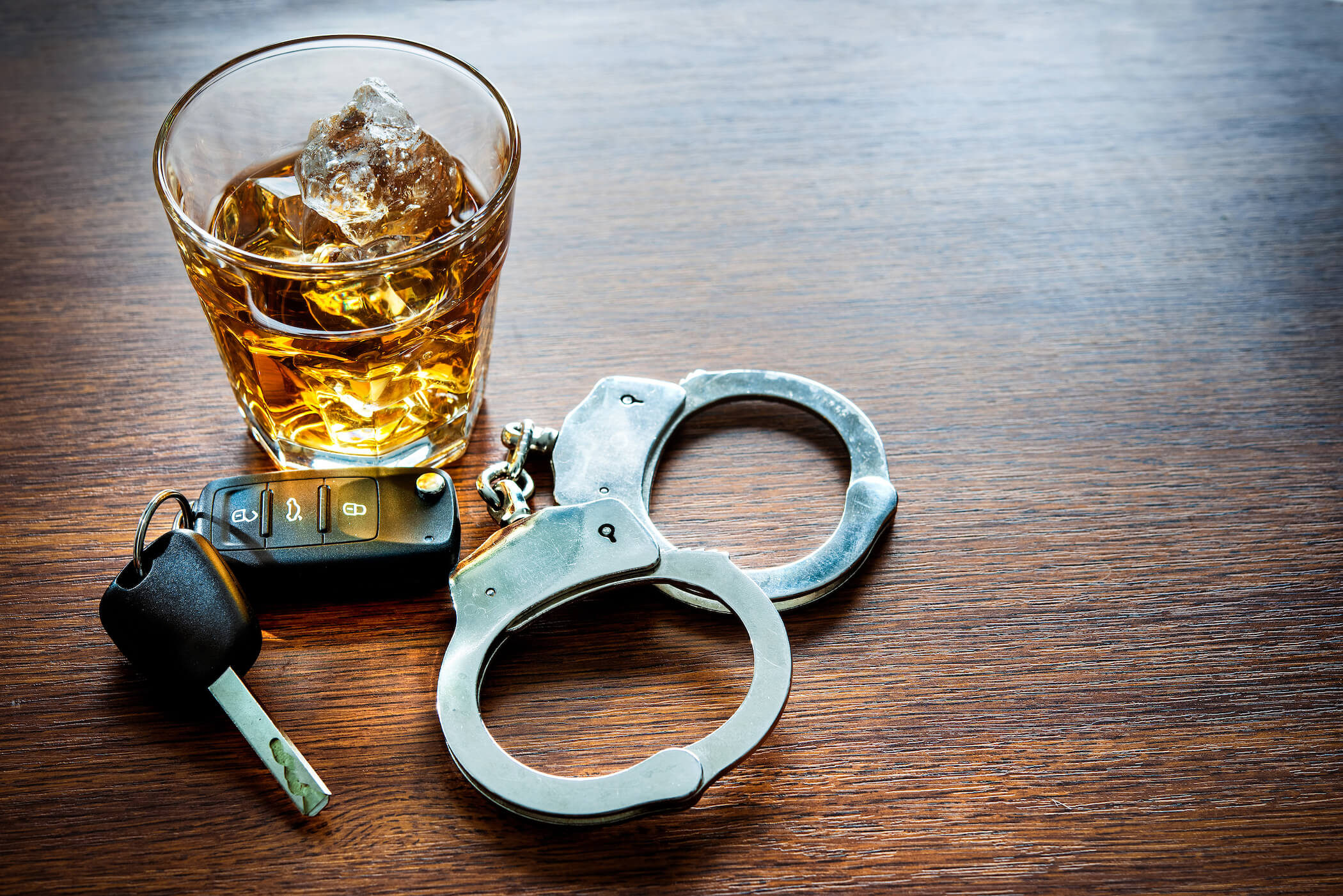
December is National Impaired Driving Prevention Month. Sponsored by U.S. Department of Health and Human Services, this event has been held every year since 1981 under President Ronald Reagan. It’s held in December as it’s been described by the National Association of Drug Court Professionals as one of the deadliest and most dangerous months of the year due to the Holiday increase in drivers who are under the influence of either drugs or drink (or both).
The statistics on impaired driving deaths are staggering. According to the CDC:
- In 2016, 10,497 people died in alcohol-impaired driving crashes, accounting for 28% of all traffic-related deaths in the United States.
- Of the 1,233 traffic deaths among children ages 0 to 14 years in 2016, 214 (17%) involved an alcohol-impaired driver.
- In 2016, more than 1 million drivers were arrested for driving under the influence of alcohol or narcotics. That’s one percent of the 111 million self-reported episodes of alcohol-impaired driving among U.S. adults each year.
- Drugs other than alcohol (legal and illegal) are involved in about 16% of motor vehicle crashes.
- Marijuana use is increasing and 13% of nighttime, weekend drivers have marijuana in their system.
- Marijuana users were about 25% more likely to be involved in a crash than drivers with no evidence of marijuana use, however other factors–such as age and gender–may account for the increased crash risk among marijuana users.
The statistics for impaired driving deaths in California are equally as troubling. According to the California Office of Traffic Safety:
* Alcohol-impaired driving fatalities (fatalities in crashes involving a driver or motorcycle rider (operator) with a blood alcohol concentration (BAC) of 0.08 grams per deciliter (g/dL) or higher) increased 16.3 percent from 911 in 2015 to 1,059 in 2016.
* The alcohol-impaired driving fatality rate increased 2.4 percent from 26.9 percent in 2015 to 29.3 percent in 2016.
* In 2016, 15 percent of all drivers killed in motor vehicle crashes, who were tested, tested positive for legal and/ or illegal drugs. This represents a decrease of 21 percent, from 36 percent in 2015.
Impaired driving and alcohol-related crashes represent a major threat to the safety and well being of the public. This is especially true among younger people age 15 to 24, where impaired driving is the leading cause of death. National Impaired Driving Prevention Month is intended to prevent people from driving under the influence (DUI) of alcohol or other drugs and remove impaired drivers from the road.
Alcohol-Impaired Driving programs use a comprehensive approach that incorporates funding for education, prevention, and enforcement by focusing on high-risk groups. Grant programs include: interactive youth education; college campus programs; intensive public information campaigns such as the Know Your Limit campaign; community organization involvement; equipment purchases including preliminary alcohol screening devices, portable evidential breath testing devices, and DUI checkpoint trailers; and enforcement operations including DUI warrant services, DUI probation revocation programs, sobriety checkpoints, and roving DUI enforcement patrols.
According to the 2013-2014 NHTSA National Roadside Survey, 22.5 percent of weekend, nighttime drivers tested positive for an illegal, prescription, or an over-the-counter drug that could cause driving impairment. More than 15 percent tested positive for illicit drugs, and more than 12 percent tested positive for THC (delta 9 tetrahydrocannabinol), which is a four percent increase from the 2007 survey. An additional 2009 NHTSA study tested fatally injured drivers and found that nationally 18 percent tested positive for at least one illicit, prescription, or over-the-counter drug. OTS grants provide increased officer training in the NHTSA Advanced Roadside Impaired Driving Enforcement (ARIDE) and Drug Recognition Evaluator (DRE) programs, which has led to better detection of drug-impaired drivers. OTS grants have also funded vertical prosecution programs for drug-impaired driving cases, as well as crime laboratory equipment for better and more expeditious detection and confirmation of drugs in driver’s systems at the time of arrest.
Here in Santa Barbara, the statistics are very troubling.
- There are approximately 2,700 DUI arrests made annually in Santa Barbara County.
- 81% of DUI arrests in Santa Barbara are male, while the remaining 19% are female.
- Santa Barbara County has a 92% conviction rate for DUI cases, the third highest in the state. The local law enforcement follows zero tolerance laws almost to the letter.
- Underage DUI arrests in Santa Barbara can be made as adult charges when the driver has a BAC of 0.05% or higher, which is much lower than the legal limit.
- Underage DUI charges can be filed for any driver under 21 with a BAC of 0.01% or higher, which is only about one drink.
Remember that wherever you are, there are always safe ways to get home if you or the person who drove you is under the influence of drugs or drink. For example, there’s the Lyft service, Uber, the metro bus, the train, and the MADD Rideshare.
The best way to spend National Impaired Driving Prevention Month is to treat it like any other month and not drive under the influence of any drugs or drink. If you or a loved one is struggling with alcohol, consider speaking with someone at Mission Harbor about getting help with addiction.




